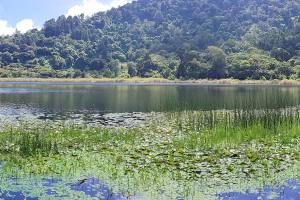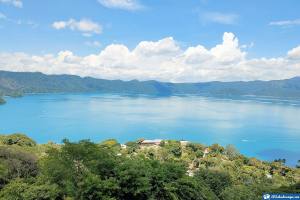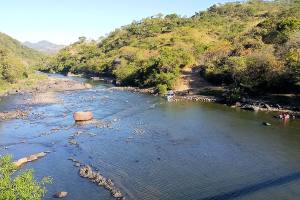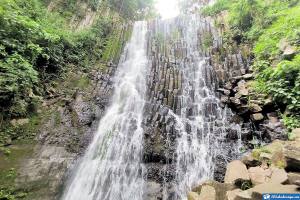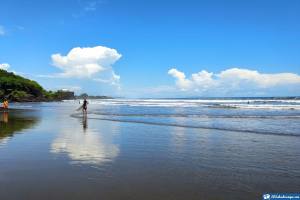We travel to the smallest country on the American continent. Know its extraordinary natural attractions, the volcanoes of El Salvador, an essential point of reference for local and foreign visitors who appreciate ecotourism and those who seek to unload adrenaline by climbing to the top of its peaks as a fascinating adventure.
El Salvador is home to more than 170 volcanoes in its 21,040 km2 of land area, of which 14 are active, and six are under a system of supervision or surveillance, given the possible eruptions capable of generating situations of high danger to nearby populations.

VOLCANES DE EL SALVADOR - Guías de El Salvador. Foto por El SalvadorViajar.
This surprising country is also known as “The land of a thousand volcanoes.” It is within the Pacific Ring of Fire, besides being in the collision zone of two tectonic plates: the Cocos plate, only 50 kilometers from the Salvadoran coasts, and the Caribbean plate, which undoubtedly contributes to intense seismic activity in this Central American territory.
However, what seems unsafe or dangerous, has become an everyday occurrence for the Salvadorans. People who live on the slopes of many of these volcanoes. For tourists who enjoy the scenery of the environment. This is during the climb and the spectacular panoramic views from their heights.
So let’s take a tour of the best-known and most exciting volcanoes of El Salvador and what we can see and do in its geography during the visit.
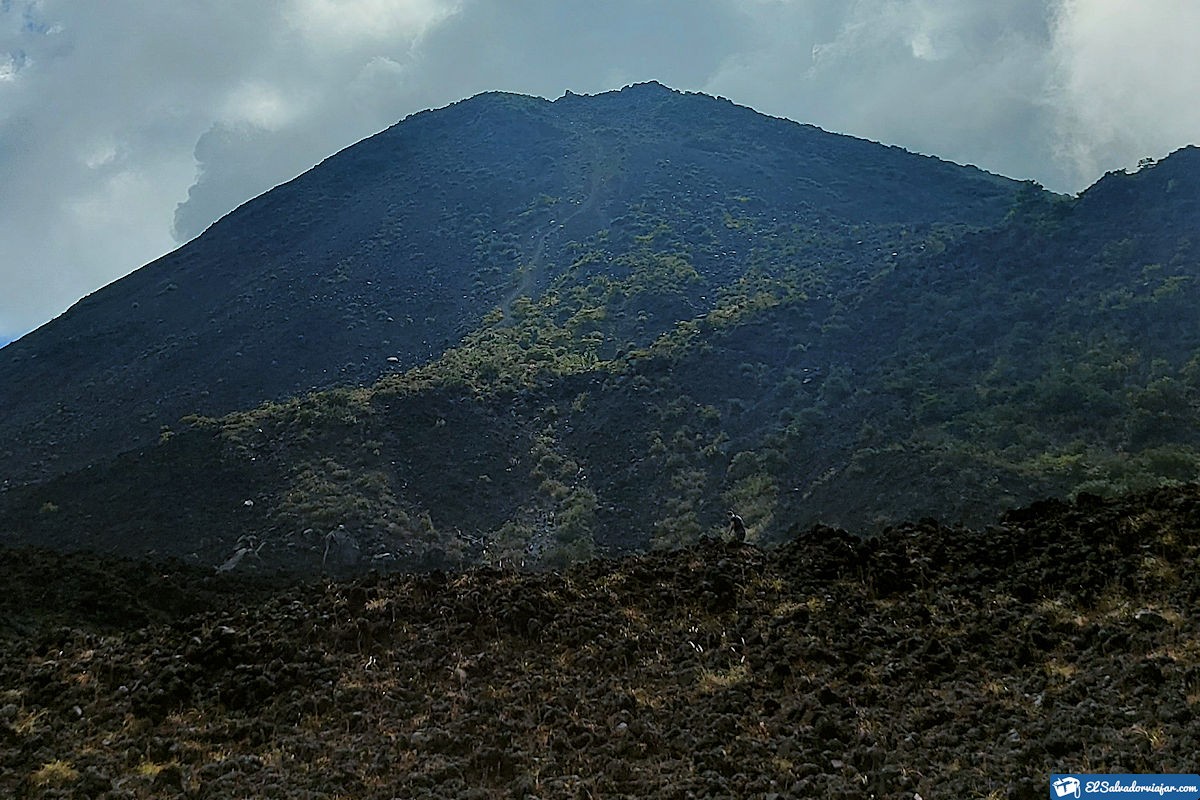
A journey recommended to hiking and extreme sports lovers, image hunters, and addicted to direct contact with nature, but especially to those interested in discovering these fantastic land formations with more than 10,000 years old.
Volcanoes to visit in El Salvador
Here is a list of the volcanoes in El Salvador that you should not miss.
Learn about the location, most relevant characteristics, and activities you can do during your journey through one of these 22 giants, one of the most popular tourist offers in El Salvador.
Santa Ana or Ilamatepec Volcano.
Located between the municipalities of Santa Ana and Chalchuapa in the department of Santa Ana, it is part of the Apaneca-Ilamatepec Conservation Area and Biosphere Reserve.

It reaches an altitude of 2,381 meters above sea level, making it the highest volcano in El Salvador.
The Ilamatepec is a stratovolcano listed as active and under surveillance by the authorities.
It is ideal for hiking and trekking lovers, although, within its area, only observation activity is allowed, noting that the panoramic views from its maximum height are amazing.
Izalco Volcano
This is the youngest volcano among the volcanoes of El Salvador. Located in the municipality of Izalco, Sonsonate’s department, and at an altitude of 1,950 meters above sea level.
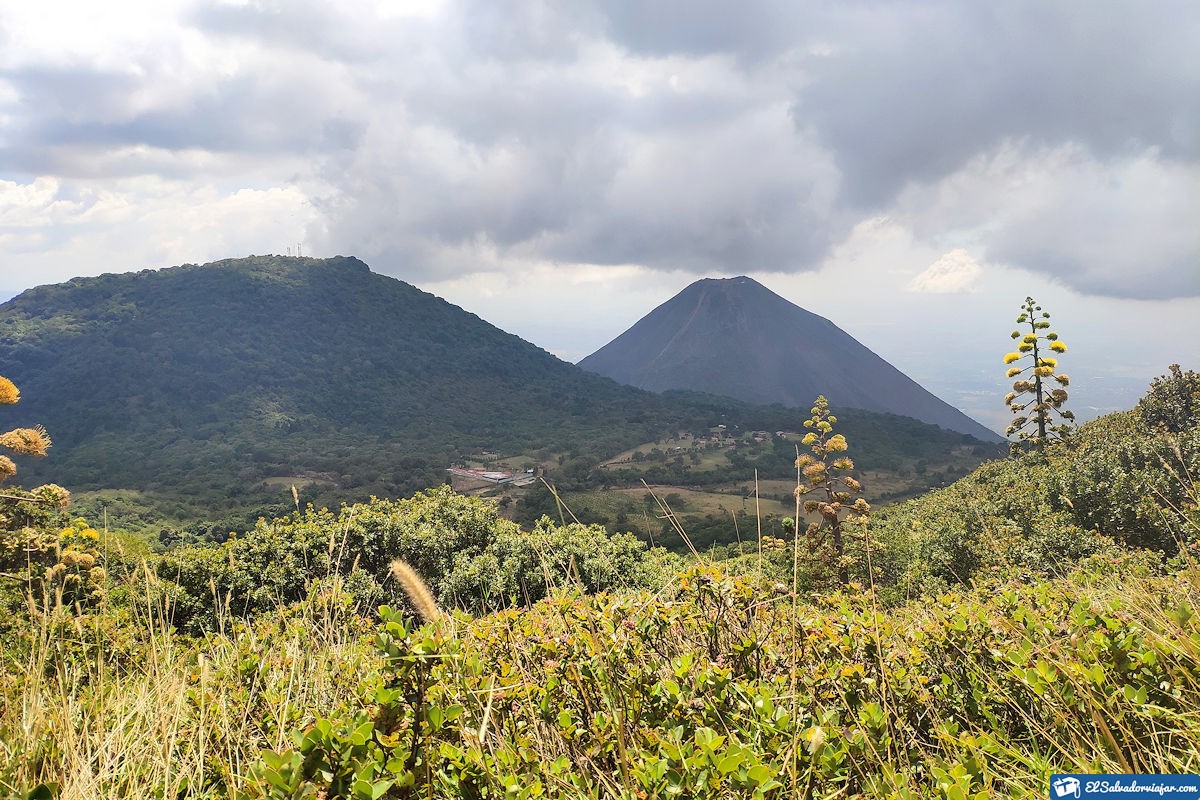
The Izalco volcano is a stratovolcano in activity under the surveillance system, and the only activity allowed is hiking to its crater.
San Salvador Volcano
Also known as Quezaltepeque volcano, it is located between the municipalities of Quezaltepeque or San Juan Opico, Colón, and Nueva San Salvador, in the department of La Libertad, also in Nejapa, in the department of San Salvador.
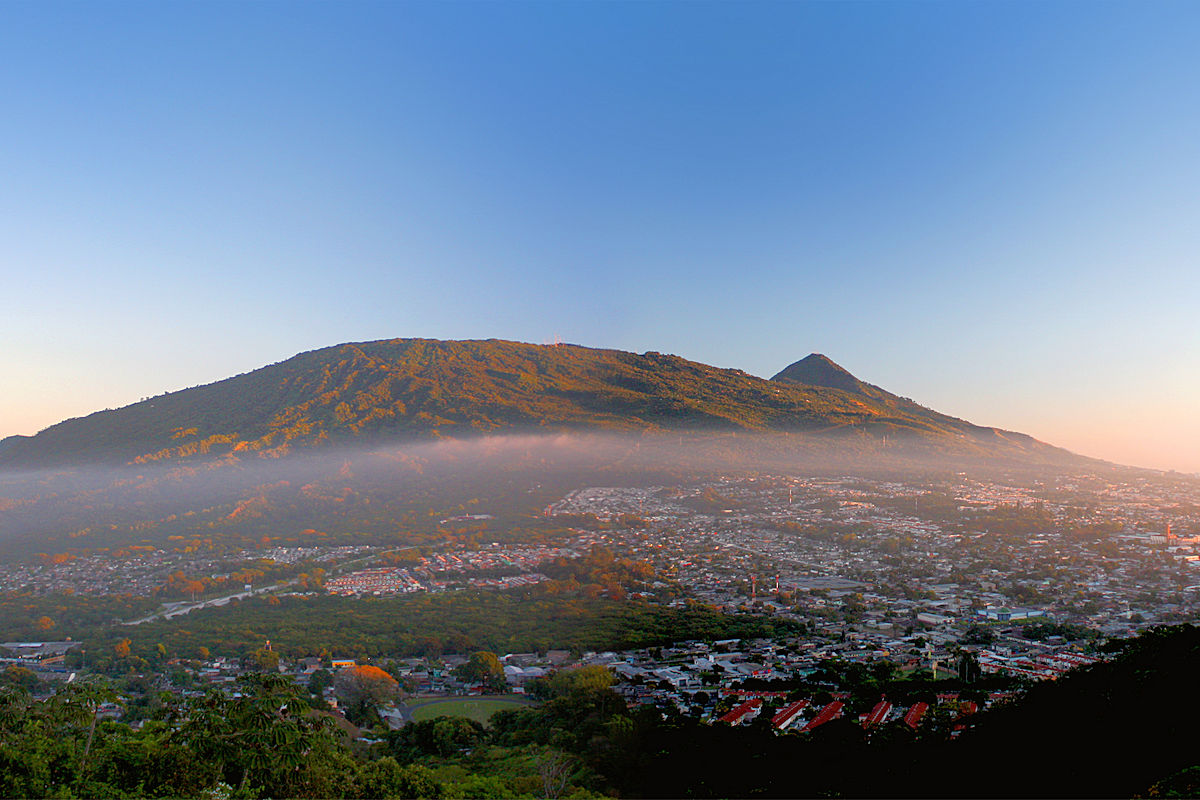
Here you will find a strato-volcano with two masses called El Picacho and El Boquerón, whose summits reach 1,959 and 1,839 meters above sea level, respectively.
They are classified as “dangerous” among the volcanoes of El Salvador since it is active and under surveillance; only observation and hiking are allowed during the visit.
San Miguel or Chaparrastique Volcano
The San Miguel Volcano, or Chaparrastique, is ranked number 3 among the highest volcanoes in El Salvador due to its elevation of 2,130 meters above sea level.

It is located in the department of San Miguel, about 11 kilometers from the city of the same name.
If you decide to visit it, you will enjoy a stratovolcano in activity. Its history of eruptions keeps it within the surveillance regime, allowing only hiking and climbing to the summit.
San Vicente Volcano or Chinchontepeq
The San Vicente or Chinchontepec Volcano, at 2,182 meters above sea level, is the second-highest volcano in El Salvador.
It is between the municipalities of Guadalupe and Tepetitán in the department of San Vicente and Zacatecoluca and San Juan Nonualco in the department of La Paz, about 65 km from San Salvador, the Salvadoran capital.
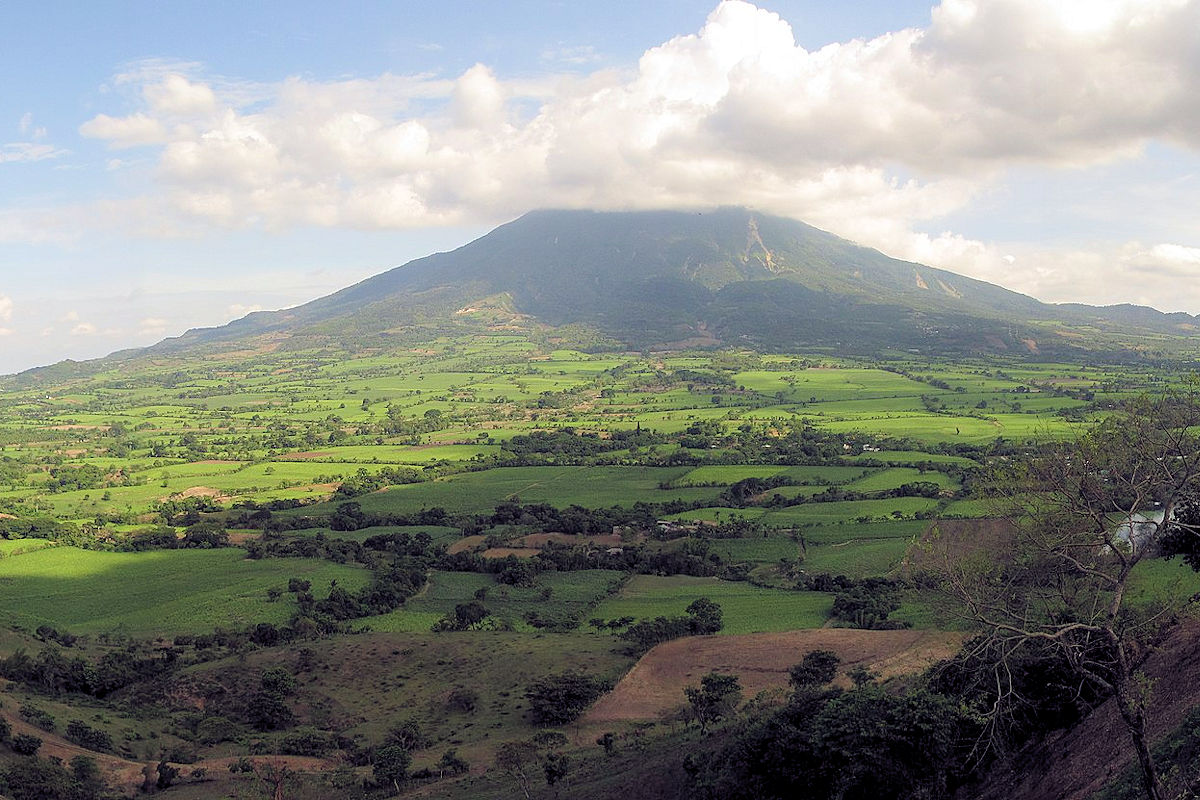
Its route is attractive since it has two elevations, one of 2,173 meters above sea level and the other of 2,083.
It is an inactive stratovolcano whose last eruption is unknown, but it is kept on the watch list.
They allow climbing to its summit, hiking, and visiting its hot springs called Infiernillos.
Conchagua Volcano
Located in the municipality of Conchagua, in the department of La Union, you can visit it and climb to its peak, with a maximum height of 1,225 meters above sea level.
It was formed by two hills, the Ocotal and the Cerro Banderas, whose height is 1,156 meters above sea level.
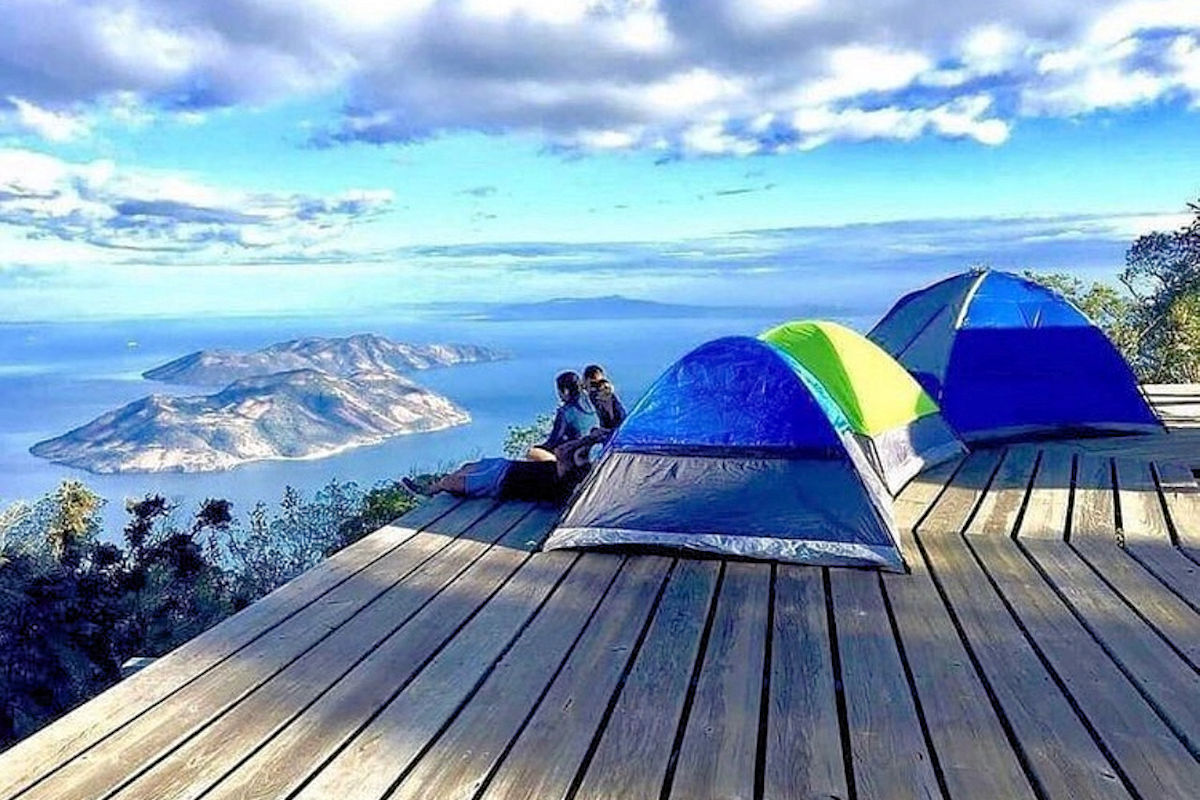
Of all the volcanoes in El Salvador, Conchagua is one of the lowest in the category of complex stratovolcanoes.
It is inactive and out of the surveillance regime, so you can camp in the area and hike.
Tecapa Volcano
Within the territory of the municipality of Alegría, in the department of Usulután. The Tecapa volcano is a stratovolcano with a height of 1,593 meters above sea level.
There is no historical record of its eruptions, but it is still considered active due to fumarolic manifestations.
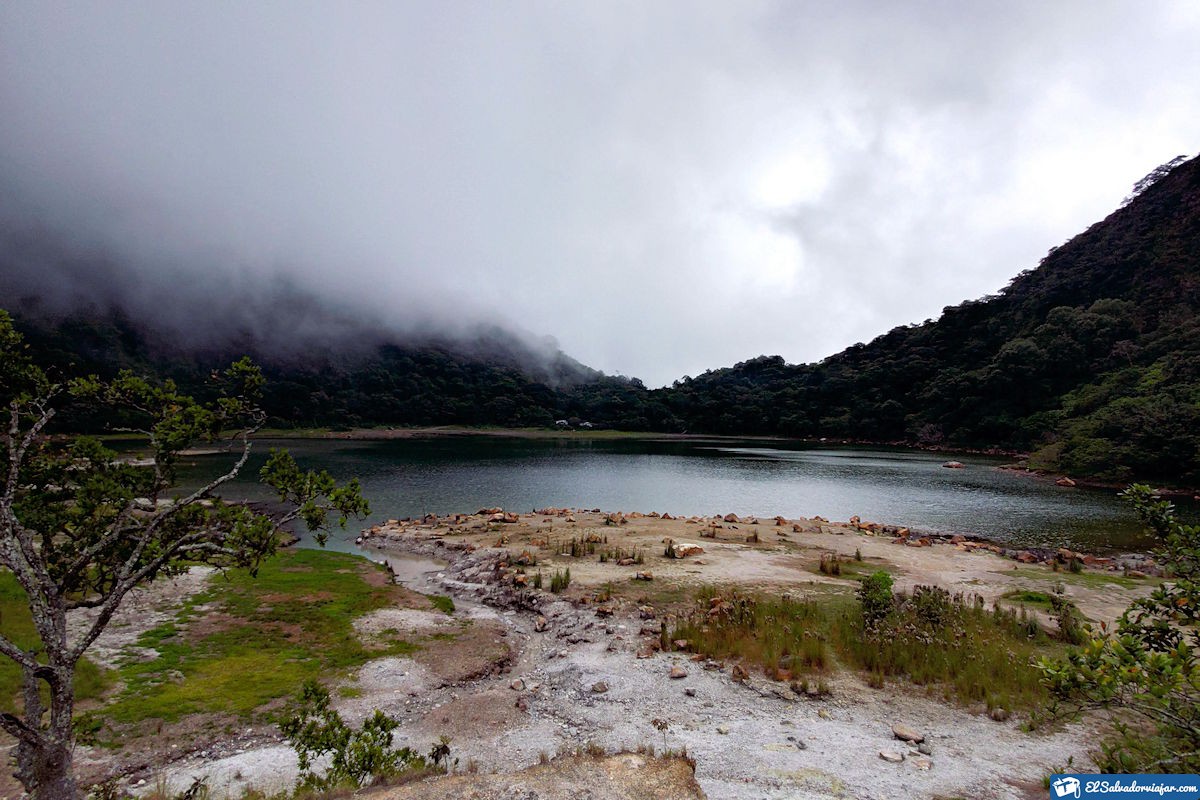
The volcanoes of El Salvador are well-known because inside its crater is a stunning lake, the unique Alegria Lagoon, which you can visit and camp in the surrounding area if you want to stay in the sector.
You can also practice football on the sports field next to the lagoon. It has parking areas because it is feasible for vehicular access.
Coatepeque Volcano
Located in the municipality of El Congo, in the department of Santa Ana, we will find one of the most beautiful tourist places of the volcanoes of El Salvador.
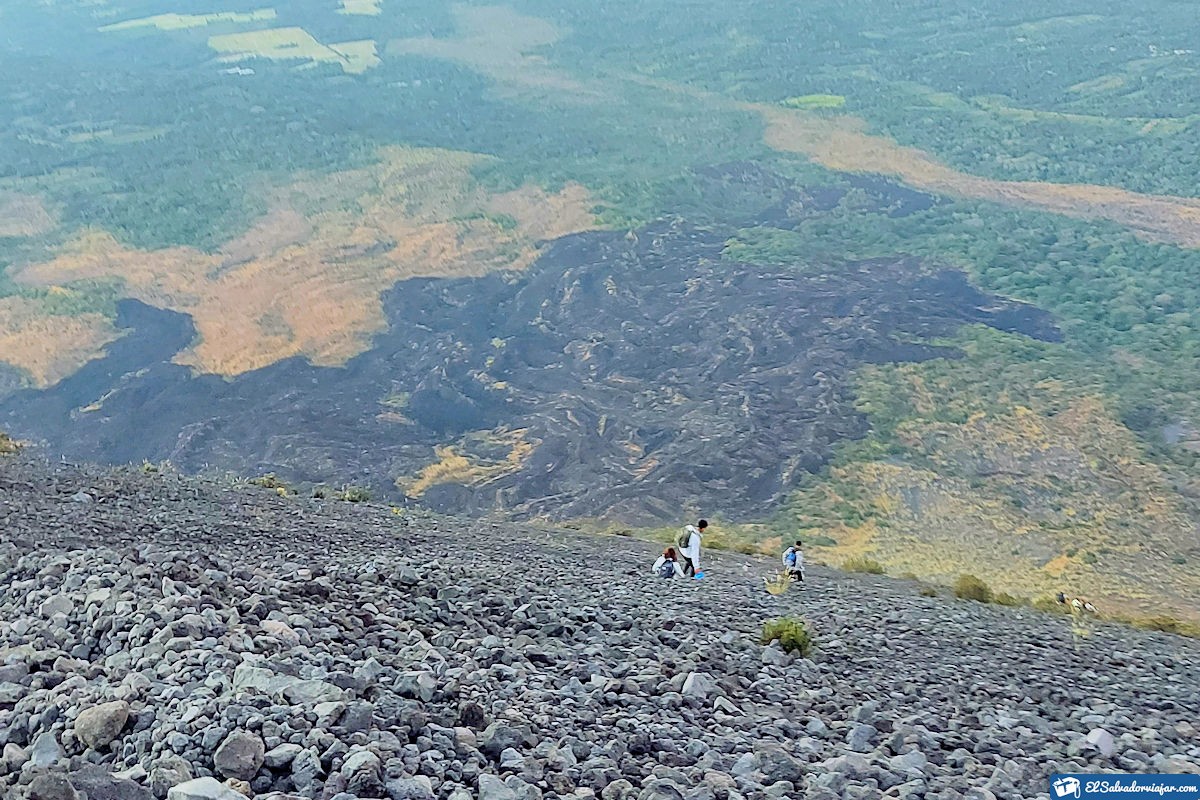
Coatepeque, 745 meters above sea level, is a fantastic inactive caldera volcano that has become a hot springs lake. Here you can practice hiking, mountain biking, ecotourism, and diving, apart from kayaking or jet skiing, and enjoy bird watching and photography.
Cerro Verde Volcano
Cerro Verde, or Cuntetepeque, is a stratovolcano category volcano located in the Apaneca mountain range, in the department of Santa Ana, with an altitude of 2,030 meters above sea level.
It’s an inactive volcano with no surveillance regime among the volcanoes of El Salvador. Its last eruption; occurred 25 thousand years BC.
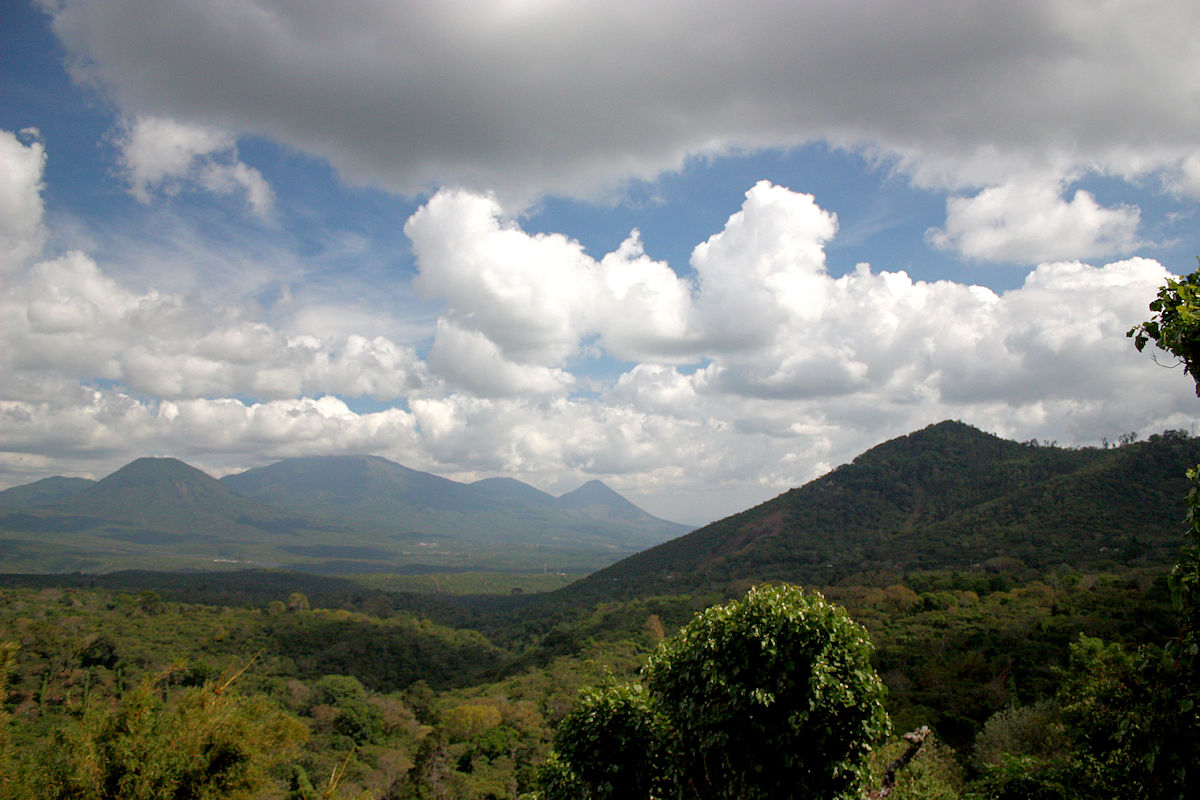
In its trails and paths for hikers, you will find beautiful orchid gardens, the opportunity to climb the volcano, and practice picnics, camping, and campfires.
Ilopango Volcano
The departments of San Salvador, Cuscatlán, and La Paz, are home to the Ilopango volcano, just 16 kilometers from San Salvador and at an altitude of 440 meters above sea level.

This caldera-type volcano is considered active; today converted into an exciting lake with a lot of tourist affluence among the volcanoes of El Salvador, precisely the extensive and captivating Ilopango Lake.
Its last eruptions occurred between 1879 and 1881 and are not kept under surveillance.
In the Ilopango volcano, you can go on a boat and jet ski, dive in the Quemadas Islands, fish or kayak, swim, hike, do ecotourism or do horseback riding.
El Playón Volcano
This time we find a lava cone north of the San Salvador volcano, which gave its origin.
It is located between the municipalities of San Juan Opico, Colon, and Nueva San Salvador in the department of La Libertad and Nejapa in the department of San Salvador.
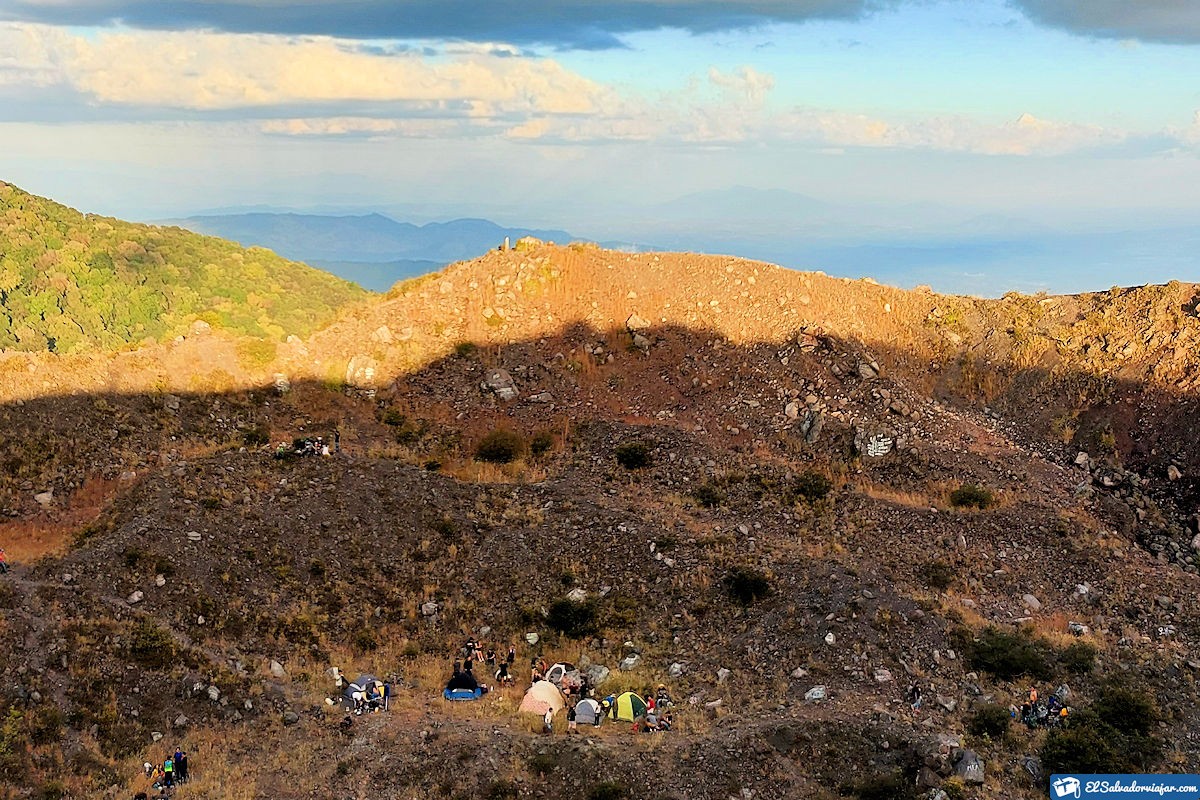
With its height of 650 meters, its appearance dates back to November 3, 1698. The existence of 323 years allows it to be classified as active within the volcanoes of El Salvador and its generator.
The hike through the volcanic complex includes varied and charming landscapes through the old Atapascos hacienda, where it is located.
San Marcelino Volcano
In your tour of the volcanoes of El Salvador, plan a visit to the San Marcelino volcano, with an elevation of 1,480 meters above sea level.

Also called Cerro Chino, it is in the municipality of Izalco, in the department of Sonsonate.
According to its classification, it is a hypsographic or slag cone-type volcano, registering the last eruption with lava flow in 1722, so it is classified as active and outside the surveillance regime.
You can make excursions and hikes for observation, but camping is prohibited.
Usulután Volcano
Usulután volcano is in the department of the same name. It is also known as La Piedra Encadenada and is located 7 kilometers from the city of Usulután, close to the Sierra Tecapa-Chinameca.
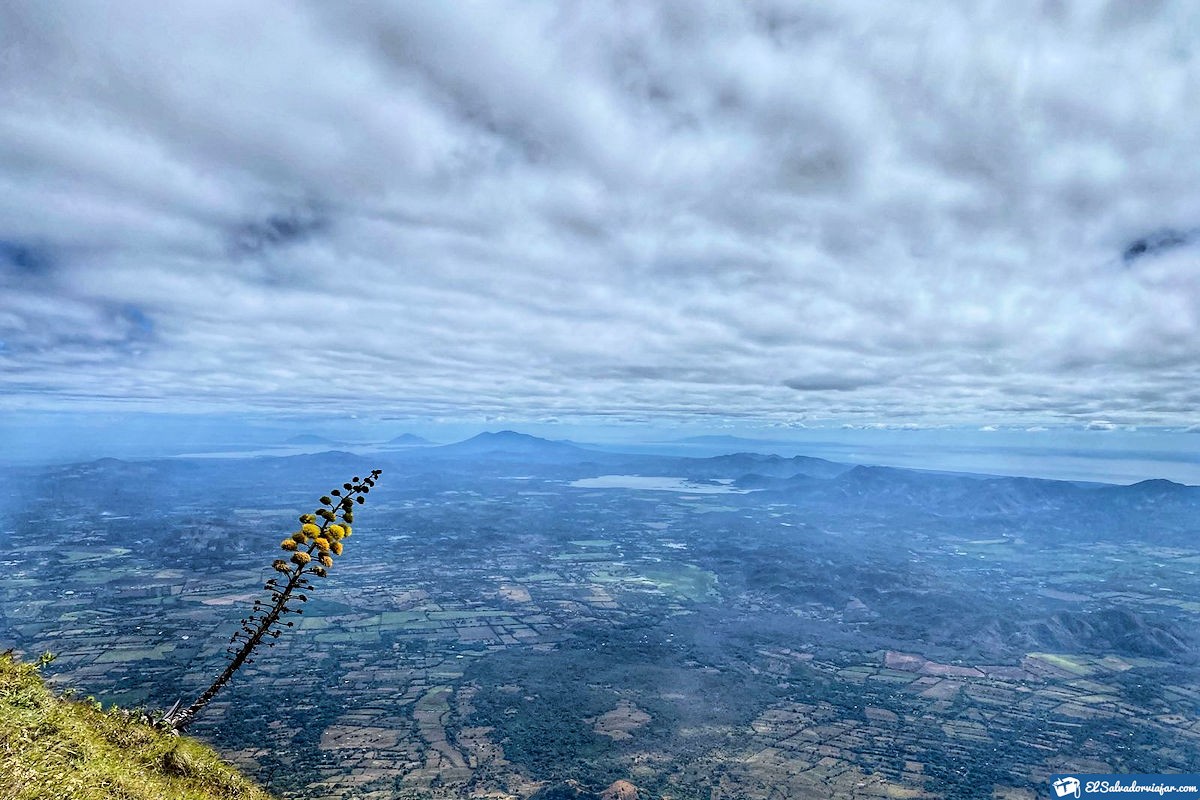
Its summit by two twin peaks without craters and has a height of 1,449 meters above sea level.
It is classified as a stratovolcano of rocky formation and is among the inactive volcanoes of El Salvador.
Excursions to the top of this volcano are challenging, requiring good physical condition and a trained tour guide for the journey.
San Diego Volcano
Continuing the tour through the volcanoes of El Salvador, we find the San Diego volcano. Located in the municipality of Metapán, in the department of Santa Ana, very close to Lake Güija, on the border of El Salvador and Guatemala.
It rises to 781 meters above sea level, forming part of the Antigua Volcanic Chain as a young basaltic volcanic field.
The volcano is inactive, allowing guided excursions to the entire sector.
Cerro Singüil Volcano
Also known as El Cerrón, it’s in the municipality of Porvenir, the department of Santa Ana.
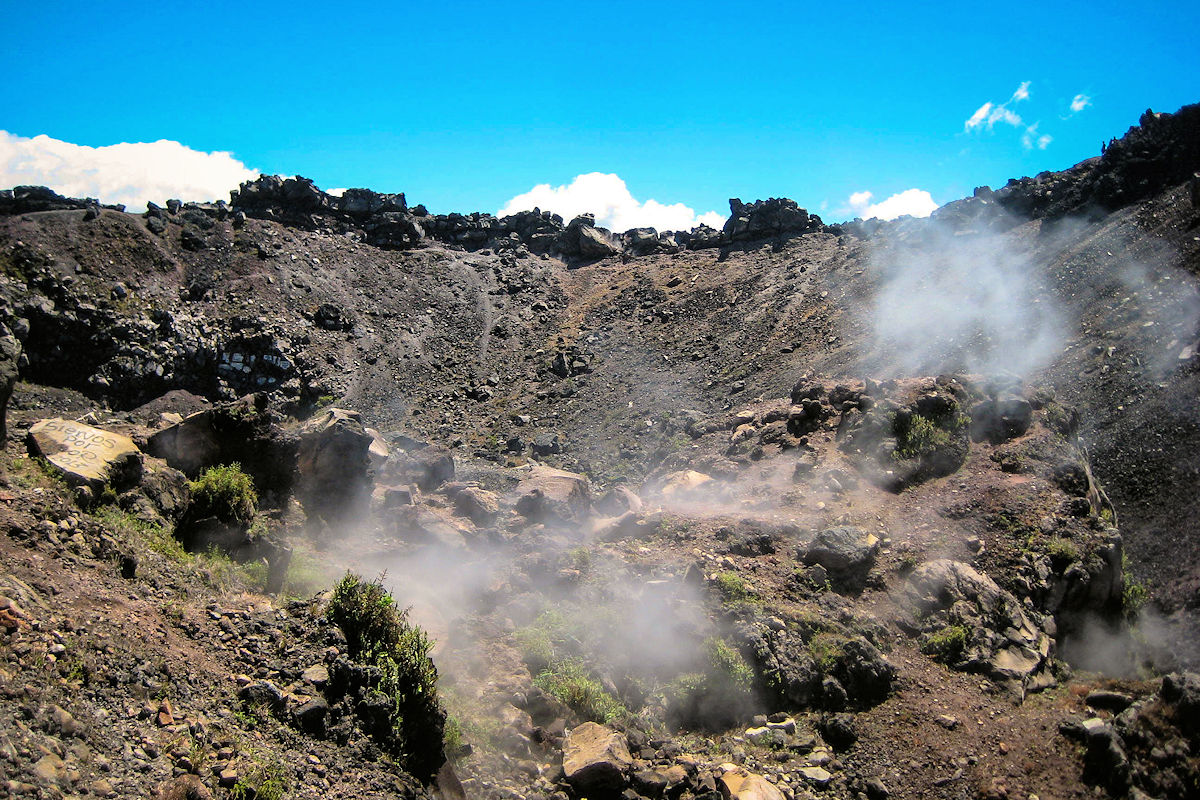
It is an extinct stratovolcano located 875 meters above sea level.
Like many other volcanoes in El Salvador, during our visit, you can hike, hike and climb to its summit.
Chinameca Volcano
In the department of San Miguel, Chinameca municipality, you can visit the volcano El Pacayal or Chinameca, a stratovolcano with an elevation of 1,300 meters above sea level.
It is believed to have had some seismic activity in 1951 but is on the list of inactive volcanoes in El Salvador.
If you want to visit it, hikes are organized from Chinameca Central Park.
Chingo Volcano
Located in the municipality of Chalchuapa, department of Santa Ana, between the border of El Salvador and Guatemala, we find another of the volcanoes of El Salvador, the stratovolcano Chingo, rising to 1,775 meters above sea level.
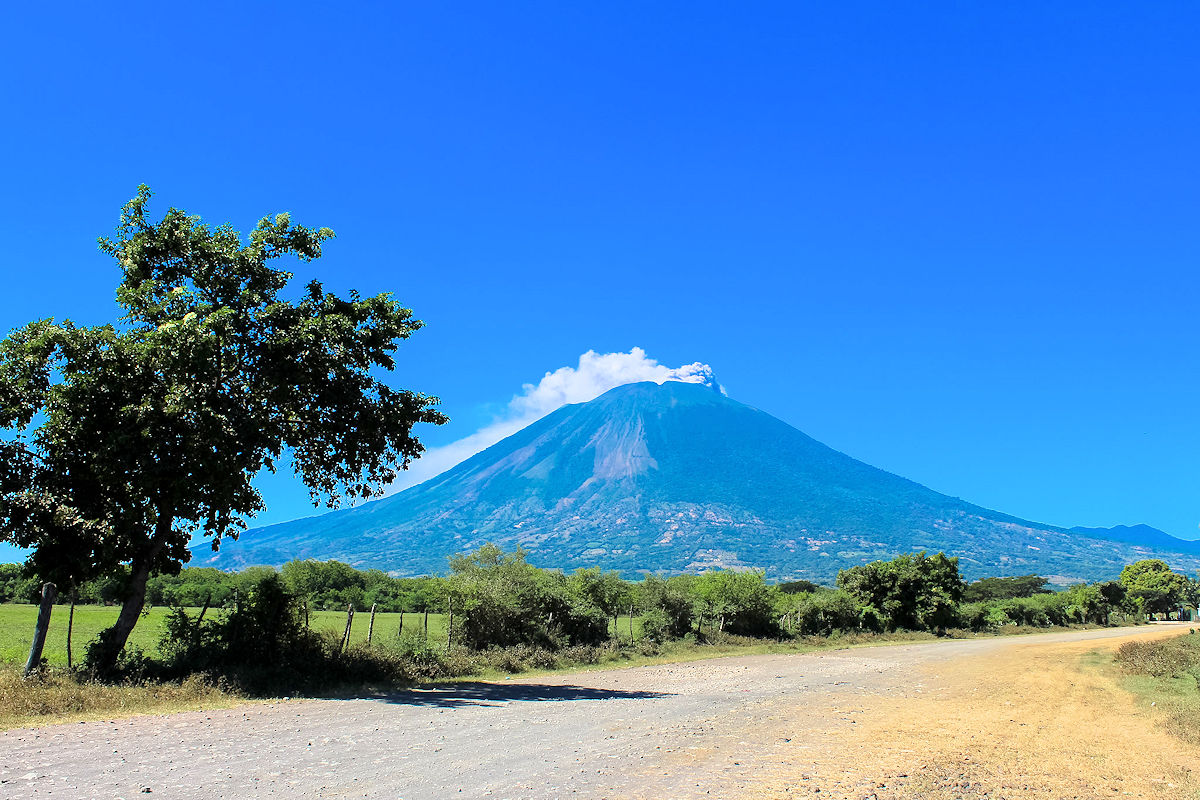
It is called Cerro Chingo because it has no record of activity.
The summit conditions allow camping for those who organize excursions and hikes.
Cinotepeque Volcano
The Cinotepeque volcano is in the municipality of Aguilares, in the department of San Salvador, whose summit rises to 665 meters.
This peninsula was a volcano in the past and is now extinct.
You can hike and climb to its summit.
Guazapa Hill
Another of the volcanoes of El Salvador that you should visit is the Cerro de Guazapa, a known tourist destination, with a height of 1,438 meters above sea level.
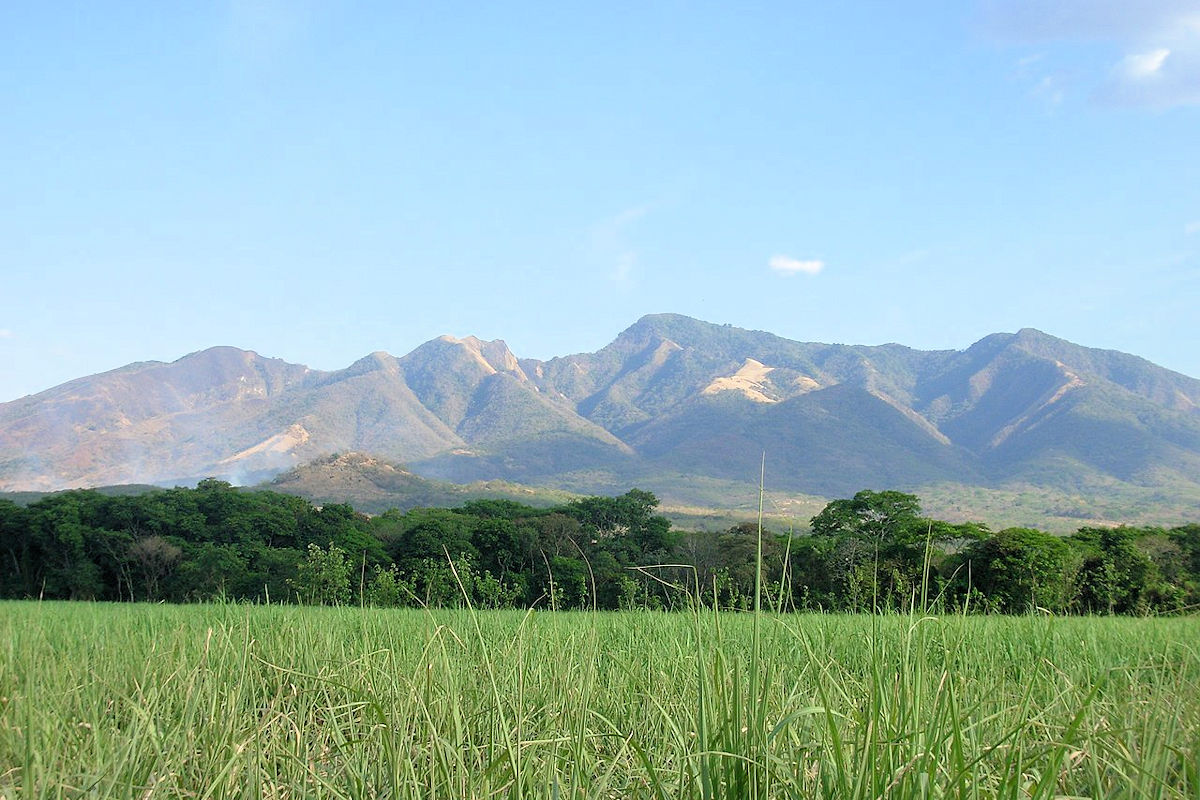
It is located between the department of Cuscatlán and the municipality of Guazapa in the department of San Salvador.
It is an extinct volcano where visits and excursions are allowed.
Conchagüita. Volcanic Island
In the Gulf of Fonseca, Meanguera del Golfo municipality, you will find this volcanic island that belongs to the department of La Union.
Its highest point is at 341 meters, and it is classified as a stratovolcano, with only one record of activity in 1892 with ash emissions and lava flow.
The exciting part of this visit is the tours and walks through the town and historical sites.
Recommendations for visiting the volcanoes of El Salvador
- It is advisable to wear light and fresh clothing, accompanied by a sweater or sweatshirt.
- Footwear should be closed-toed and suitable for hiking and climbing.
- Use caps and hats, sunglasses, sunscreen, or sunblock, essentials.
- Bring at least 1.5 to 2 liters of drinking water, snacks, light food, fruits, sweets, and cookies.
- Guides and tourist police must assist with the visit to the volcanoes of El Salvador. In addition, you must strictly comply with the particular regulations.
- It is essential to know that very few places allow access to vehicles. You can choose to rent one or hire a guided tour.
- It is essential to obtain the necessary permits to enter the different areas of the volcano you wish to visit.
El Salvador offers many volcanoes of different types and characteristics, where we can practice from walking and hiking to a little more extreme, such as climbing the hill or mountain of the volcano to reach the summit, overcoming some difficulties as part of the sport. In the same way, boat rides, fishing and even swimming, mountain biking, horseback riding, and camping.
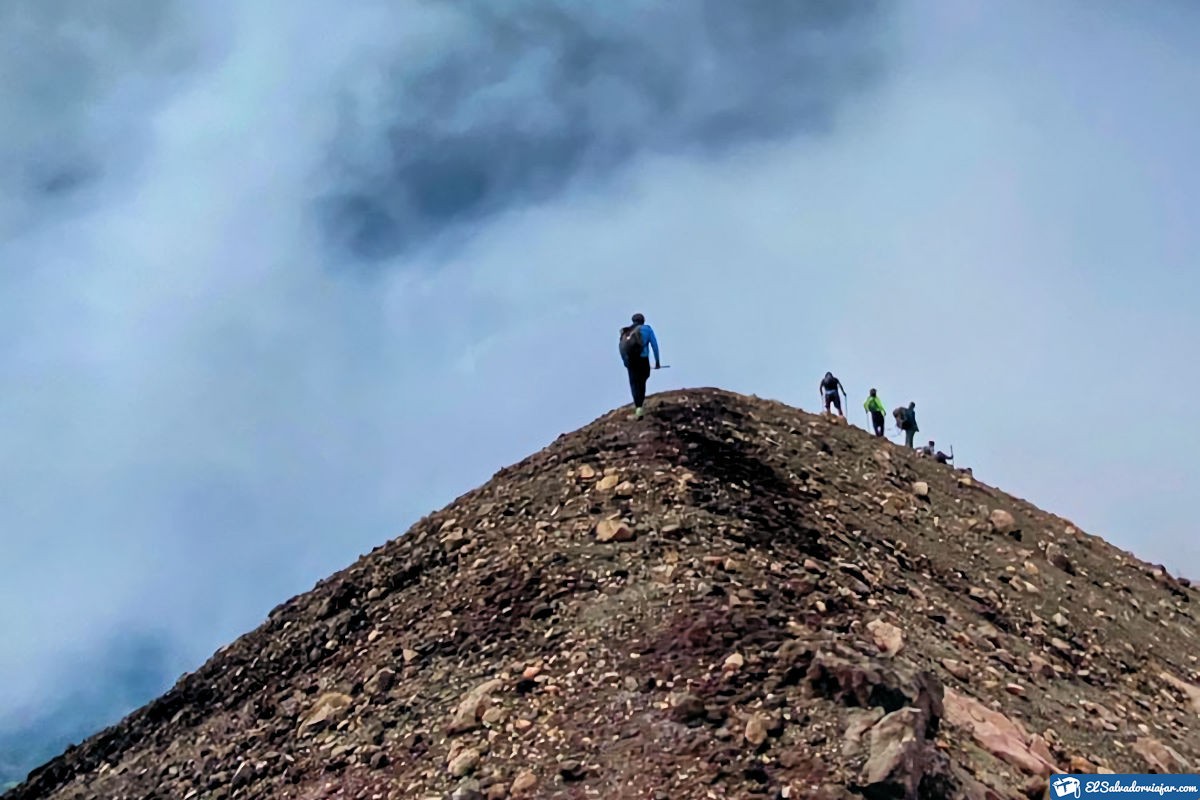
It is enough to choose which volcanoes in El Salvador you want to visit and what to do during your visit. What is valuable is to enjoy our journey to the fullest and make this trip a unique and unforgettable tourist experience.
